Product Sense with BUS and CIRCLES - Trial, No Login Needed
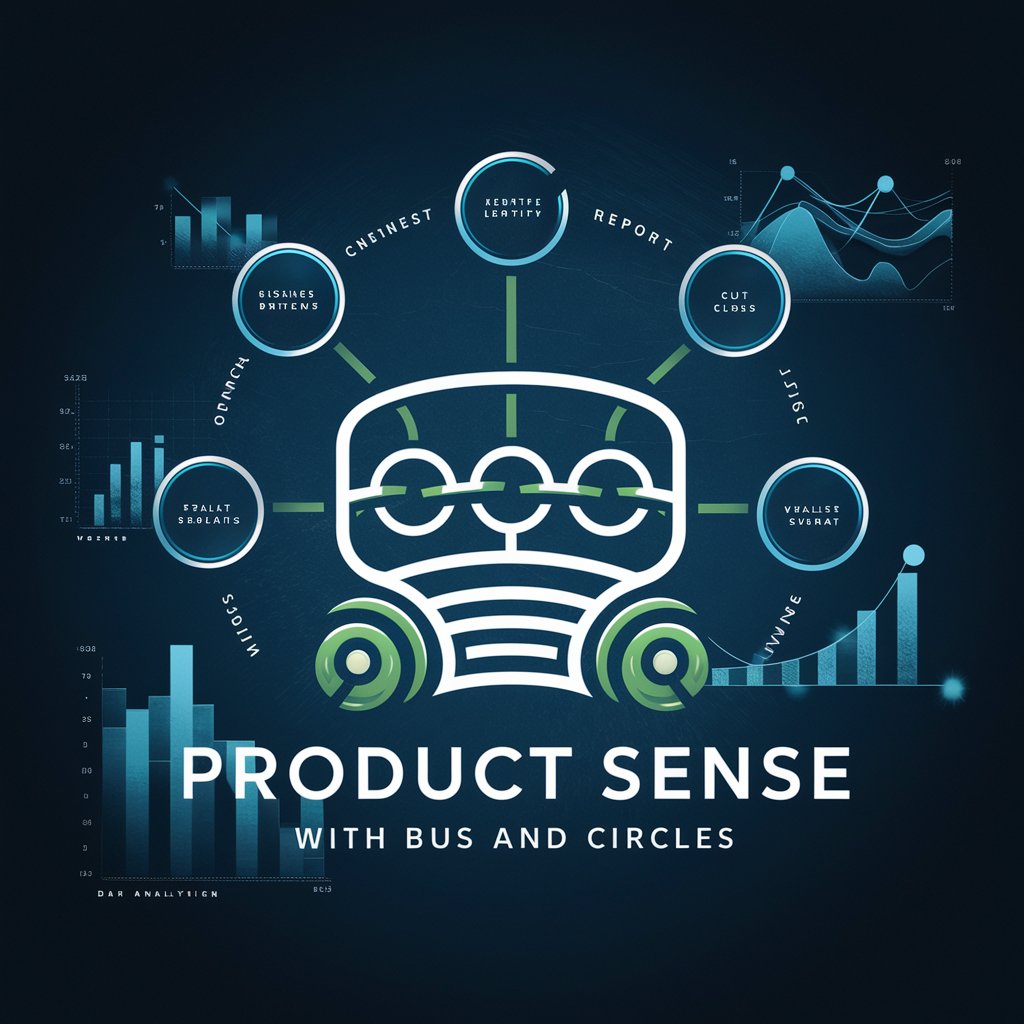
Hello! Let's dive into structured problem-solving with BUS and CIRCLES frameworks.
Strategize and Solve with AI-Powered Product Insight
How can I apply the BUS framework to analyze a business problem?
What metrics should I focus on to improve user engagement using the CIRCLES framework?
Can you guide me through a product sense interview question with a focus on data metrics?
How do I prioritize solutions effectively using the CIRCLES framework in a product design context?
Get Embed Code
Understanding Product Sense with BUS and CIRCLES
Product Sense with BUS and CIRCLES is a comprehensive approach designed to enhance the way professionals tackle data analytics, data engineering interviews, and product development scenarios. It merges two robust frameworks: BUS (Business Understanding, User Understanding, Solution Understanding) and CIRCLES (Comprehend the situation, Identify the customer, Report the customer need, Cut through prioritization, List solutions, Evaluate trade-offs, Summarize recommendations), to provide a structured pathway through complex product problems and decisions. For example, when approaching a new feature development for a social media app, BUS helps in breaking down the feature's potential impact on the business, its relevance to the user base, and the feasibility of its implementation. Simultaneously, CIRCLES could guide the product team in comprehensively understanding the situation by identifying the specific user segment that would benefit, defining their needs, prioritizing the solution based on impact versus effort, listing possible solutions, evaluating the trade-offs of each, and summarizing the recommendations for stakeholders. Powered by ChatGPT-4o。

Core Functions and Real-world Applications
Problem Structuring
Example
A product manager is tasked with increasing user engagement on an e-commerce platform.
Scenario
Using BUS, the manager would first analyze the business aspect by understanding the current engagement metrics and their impact on revenue. Through User Understanding, they'd segment the user base to identify which group's engagement is lagging. Solution Understanding would involve assessing the feasibility of various features that could boost engagement. Parallelly, CIRCLES would guide the manager to comprehensively comprehend the engagement issue, identify the specific customer segment affected, report their engagement needs, prioritize the solutions, list out feasible features, evaluate their pros and cons, and summarize the action plan.
Metric Definition and Analysis
Example
Developing metrics to measure the success of a new feature that recommends products based on user behavior.
Scenario
BUS would help in aligning the metric with business goals (e.g., increasing average order value), understanding which user behaviors are indicative of interest in recommendations, and how the solution fits into the existing product ecosystem. With CIRCLES, the team would start by comprehending the situation surrounding product recommendations, identify the core customer base for this feature, report on their needs for personalization, prioritize the feature based on its potential impact, list out specific metrics that would indicate success (like click-through rates on recommendations), evaluate the trade-offs of focusing on different metrics, and summarize the metrics to be monitored.
Solution Evaluation and Prioritization
Example
Choosing between adding a social sharing feature or a new payment method to improve checkout conversion rates.
Scenario
Using BUS, the decision would involve analyzing how each feature impacts the business (revenue and brand positioning), understanding user preferences for social engagement versus payment convenience, and assessing the technical complexity of each solution. CIRCLES would guide the evaluation by comprehensively understanding the checkout conversion challenge, identifying the primary user group making purchases, reporting on their specific needs related to checkout, prioritizing the solutions based on impact and feasibility, listing the potential improvements each feature could bring, evaluating the trade-offs (e.g., development time vs. potential uplift in conversion), and summarizing the recommendation to pursue the most impactful solution.
Target User Groups for Product Sense with BUS and CIRCLES
Product Managers
Product managers would benefit immensely from this approach, as it equips them with a structured framework to navigate through every stage of product development, from ideation to launch and analysis. It aids in making informed decisions based on a deep understanding of business objectives, user needs, and the viability of solutions.
Data Analysts and Data Engineers
These professionals often face the challenge of deriving actionable insights from large datasets. The combined BUS and CIRCLES methodologies provide a blueprint for analyzing data with a clear understanding of the business context, user behavior, and the implications of data-driven decisions on product strategies.
UX/UI Designers
Designers can apply these frameworks to ensure that their designs are not only user-friendly but also align with business goals and address the identified user needs effectively. It helps in prioritizing design changes based on user impact and business relevance.

Guidelines for Using Product Sense with BUS and CIRCLES
Begin Free Trial
Start by visiting yeschat.ai to access a free trial without the need for login or subscribing to ChatGPT Plus, ensuring accessibility to all users.
Understand the Frameworks
Familiarize yourself with the BUS (Business Understanding, User Understanding, Solution Understanding) and CIRCLES (Comprehend, Identify, Report, Cut, List, Evaluate, Summarize) methodologies to understand their applications in analyzing and solving product-related challenges.
Identify Your Needs
Clearly define your objectives and challenges. Whether it's enhancing product design, improving user experience, or solving a specific business problem, knowing your goals will help tailor the approach using these frameworks.
Apply Strategically
Use the BUS framework to dissect the business context and the CIRCLES methodology to structure your approach to product design or improvement queries, ensuring a thorough analysis and strategic solution development.
Review and Adapt
Continuously review the outcomes of your analyses and solutions. Product Sense with BUS and CIRCLES is designed for iterative improvement, allowing you to refine strategies based on feedback and evolving needs.
Try other advanced and practical GPTs
Brainstorm Assistant by Unblock Coffee
AI-Powered Creativity at Your Fingertips
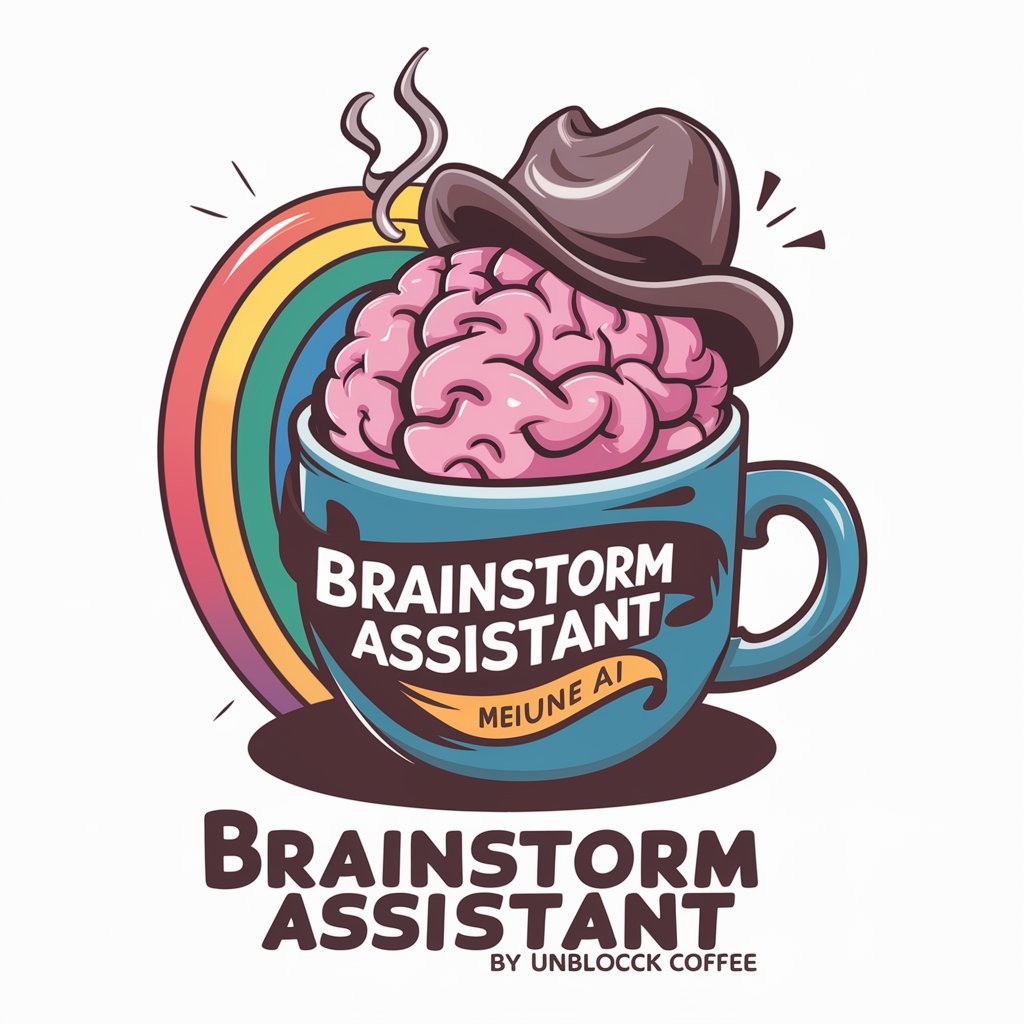
Steward
Empowering businesses with AI-driven insights
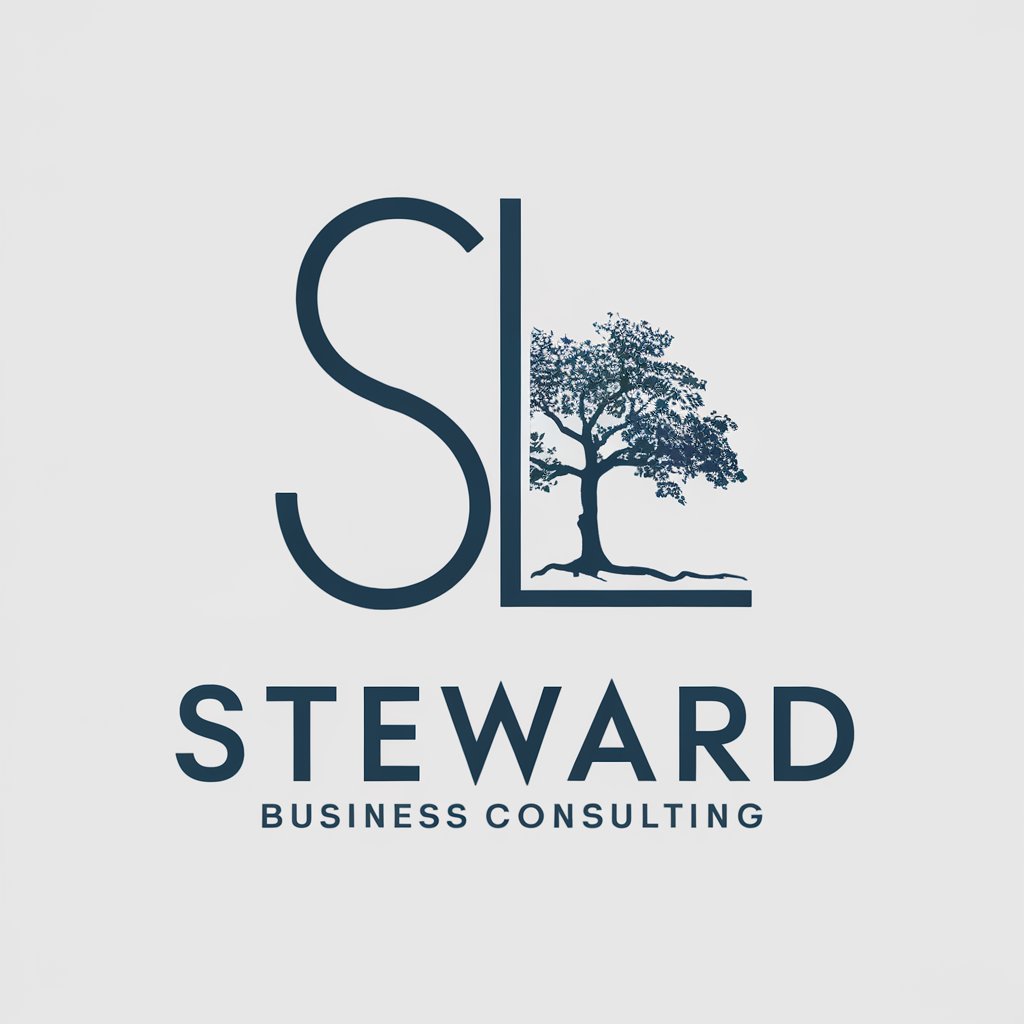
The Writer's Suite - Bounce Ideas (Writer's Room)
Empowering creativity with AI-driven brainstorming.
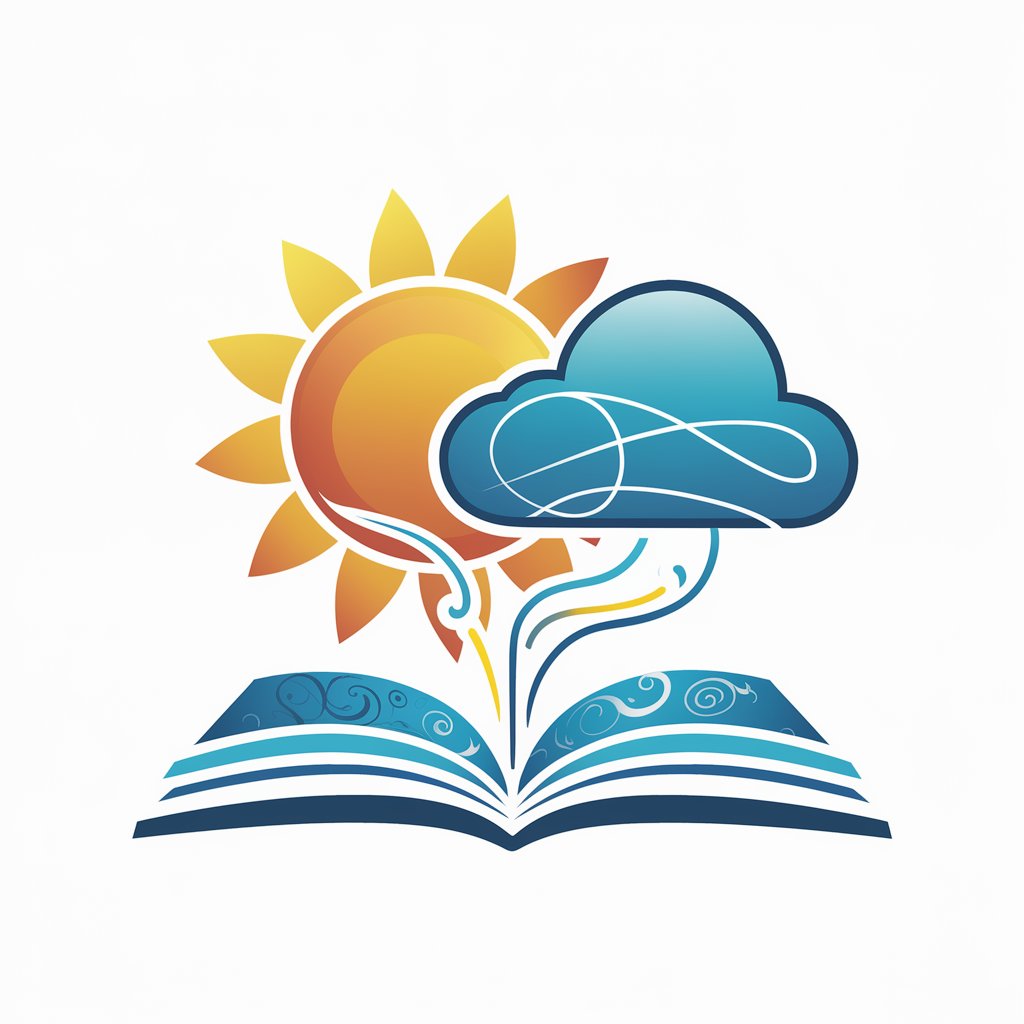
Creative Spark
Ignite Creativity with AI
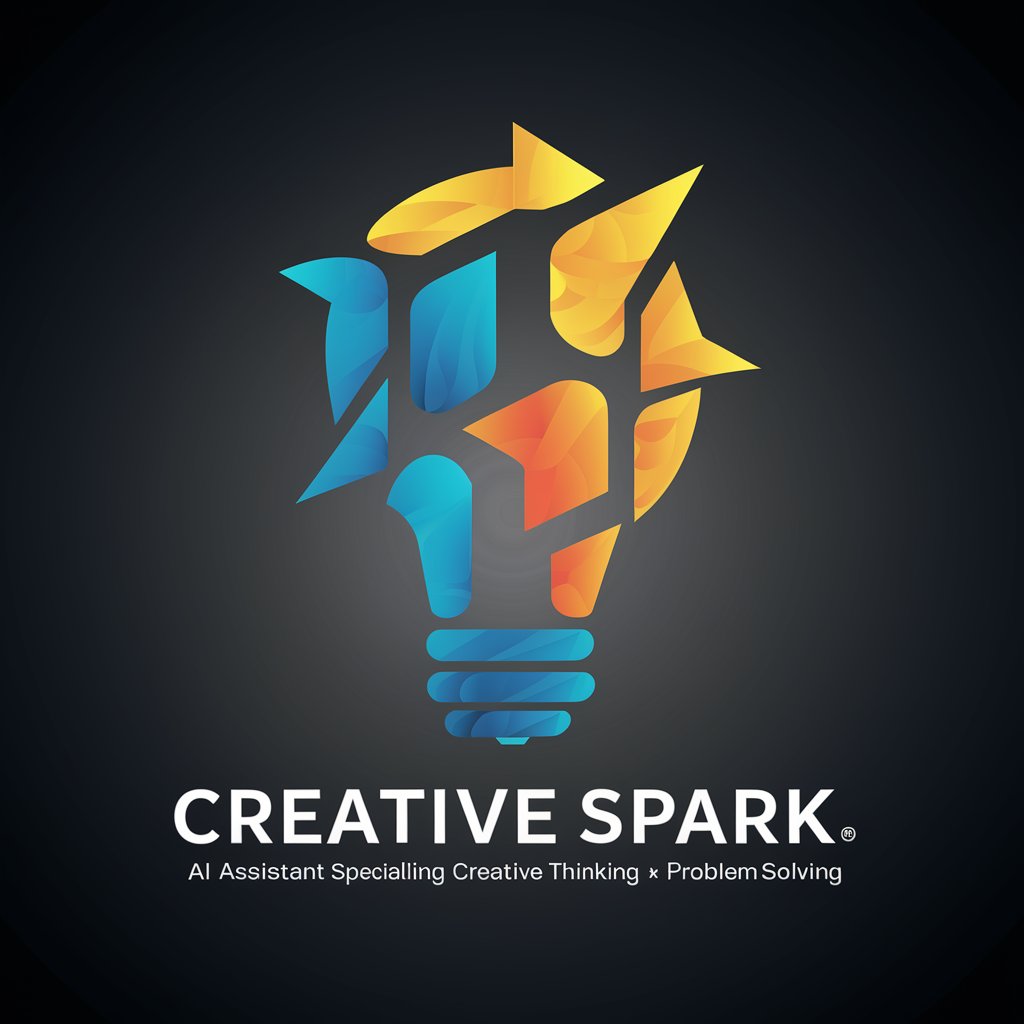
Creative Unblock
Unleashing Creativity with AI
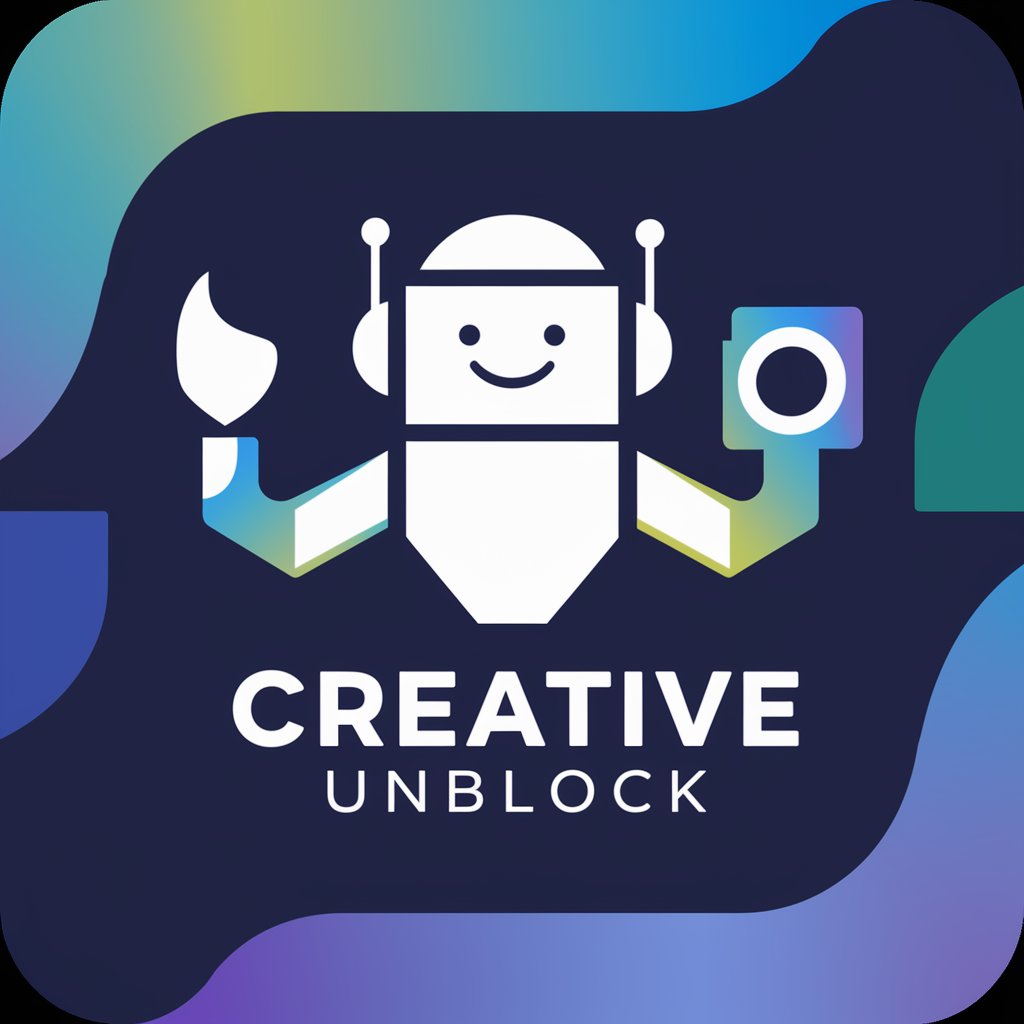
writer unblock
Unlock Your Writing Potential with AI

Creative Visualizer
Simplicity Meets Design
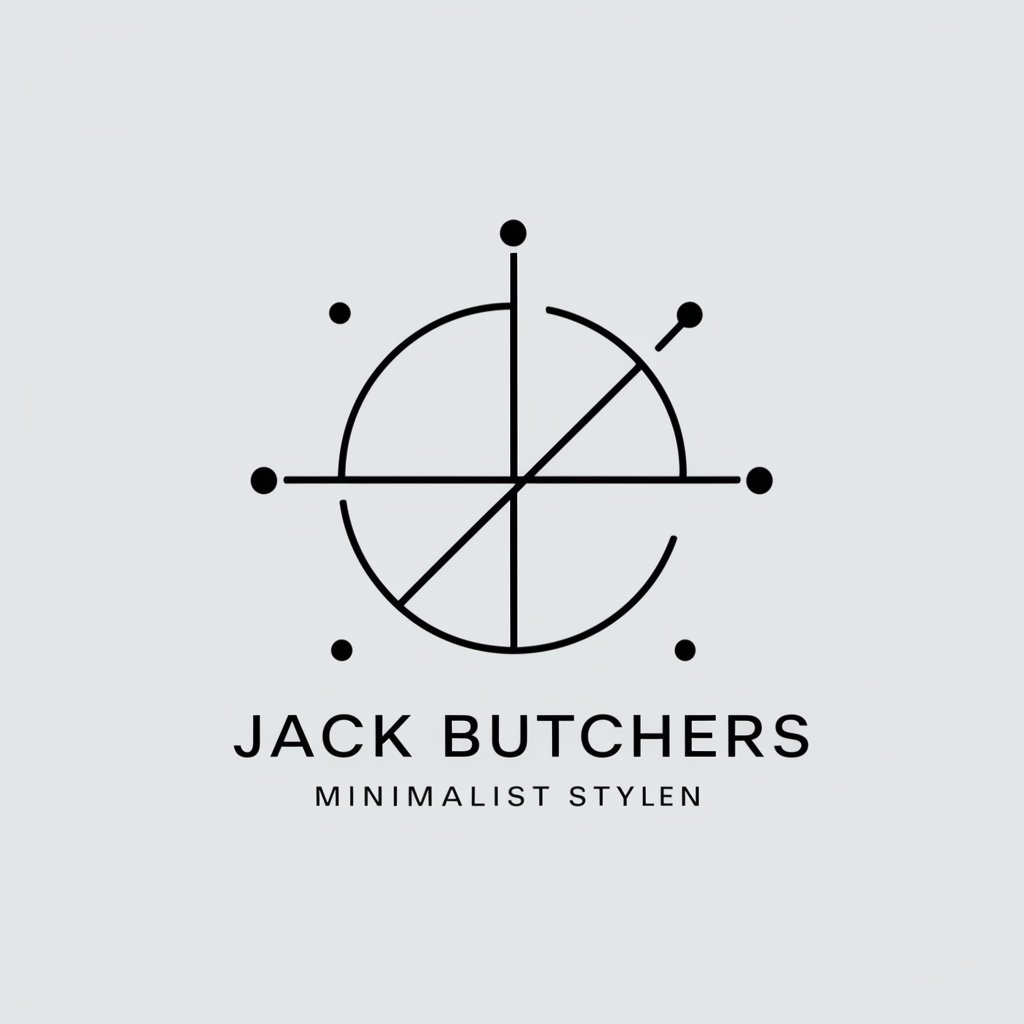
Stylish Circles: CSS for Responsive Design
Craft perfect circles with AI-driven CSS.
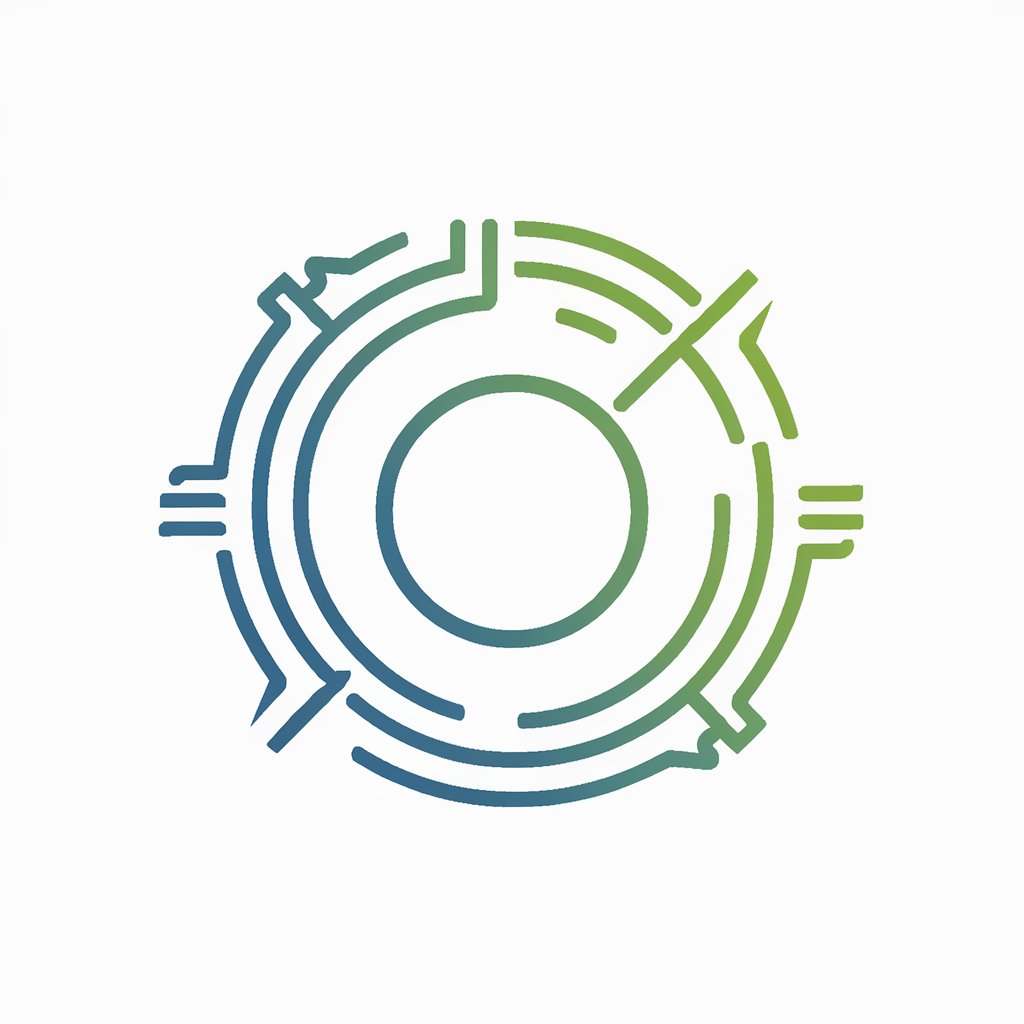
Runes Potions and Circles Game
Craft, Brew, and Explore with AI Magic
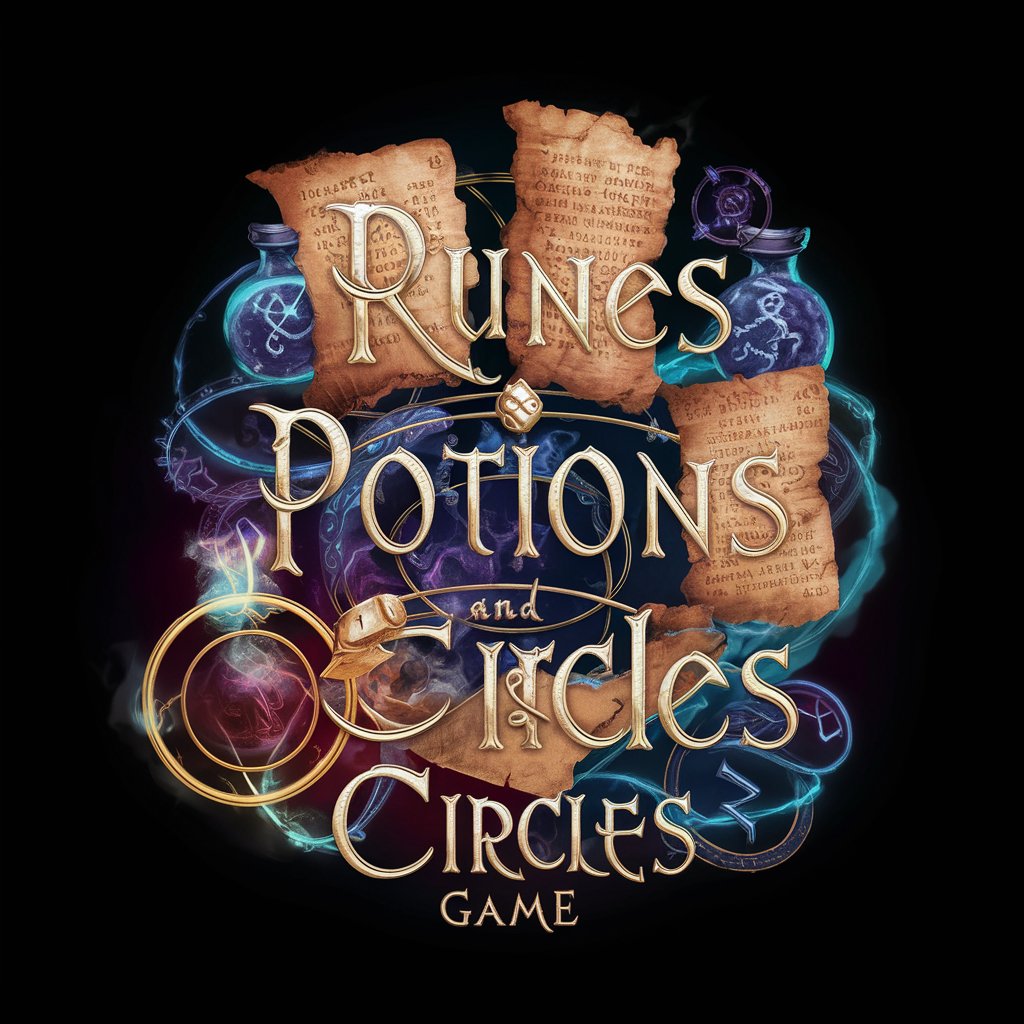
logoder
Craft Your GPT's Identity
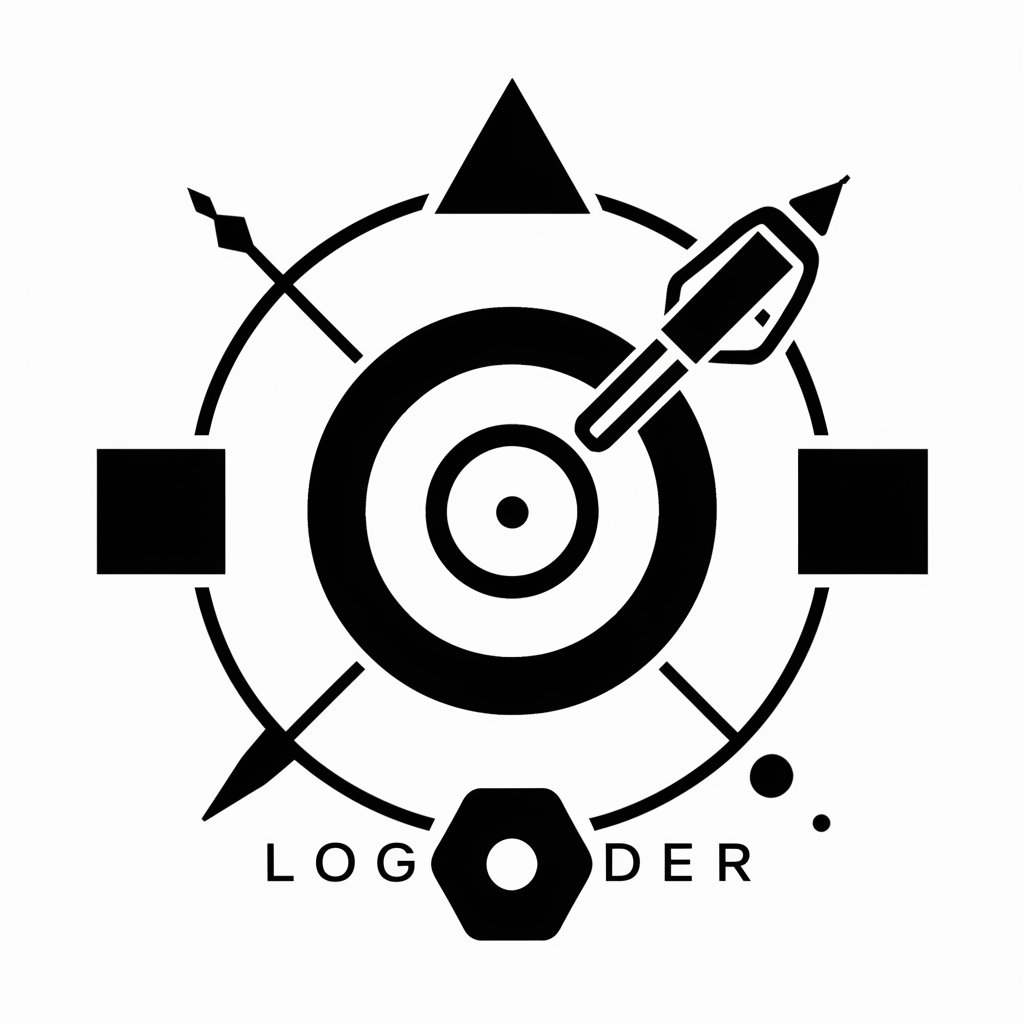
PDF Reader
Empowering insights with AI-driven PDF analysis.
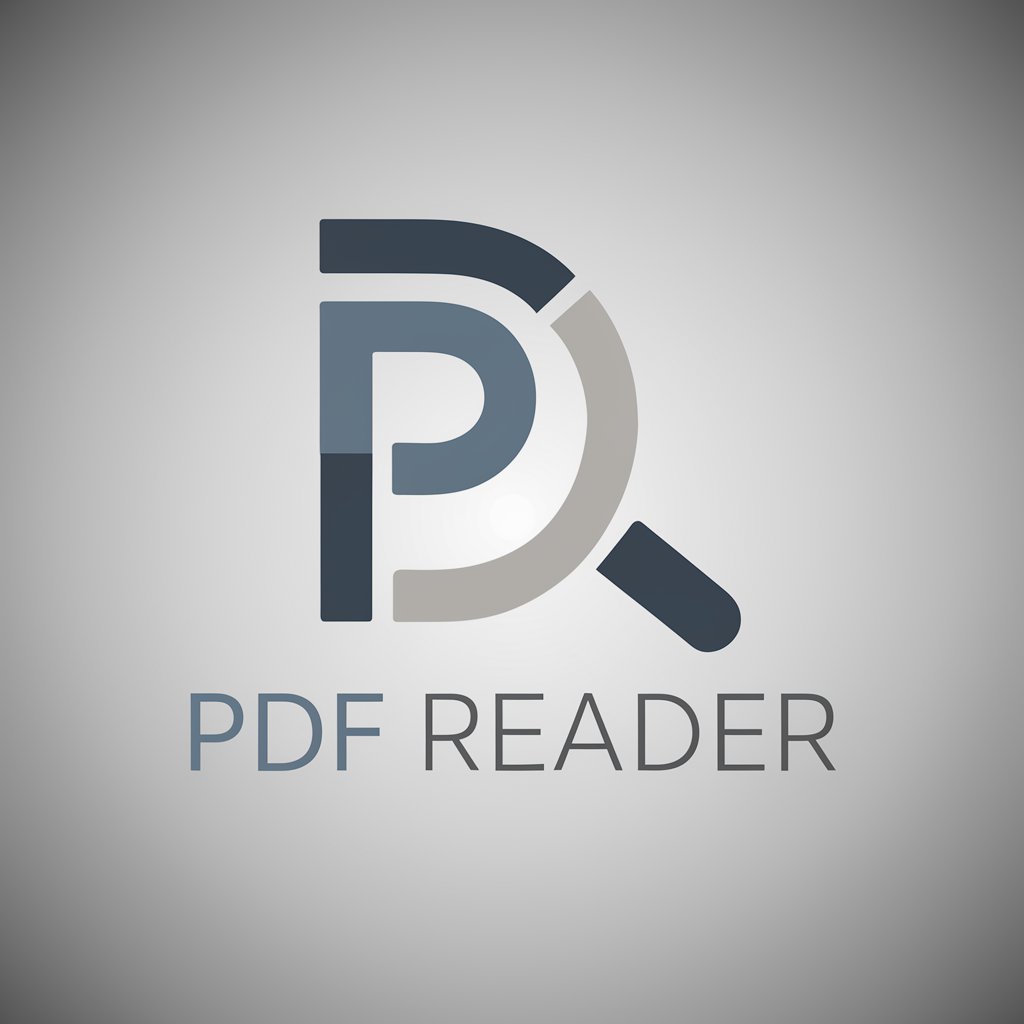
Tarot Reader
Discover Yourself with AI-Powered Tarot Readings
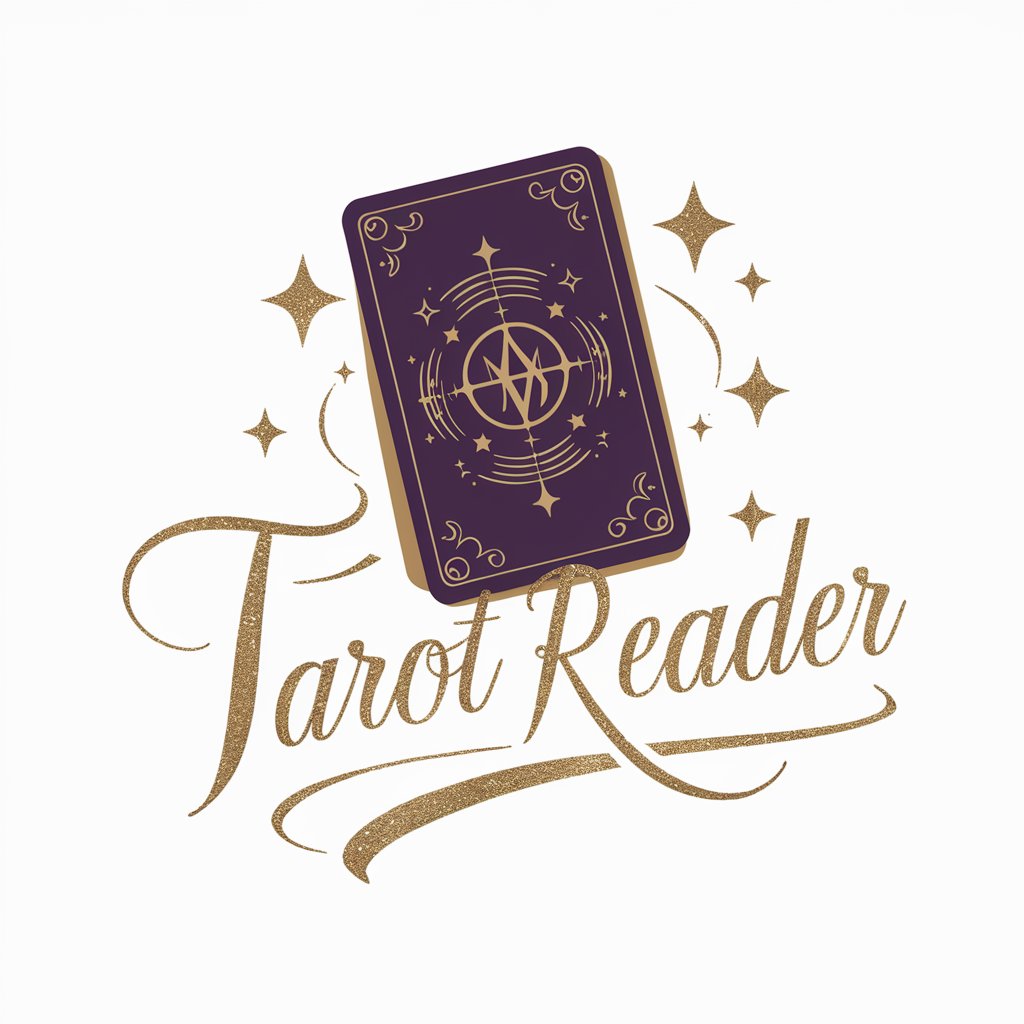
Q&A about Product Sense with BUS and CIRCLES
How can Product Sense help in identifying user needs?
Product Sense uses the CIRCLES framework to comprehensively identify and articulate user needs. By comprehensively understanding the situation and identifying the customer, it allows you to report specific needs, ensuring that solutions are user-centric and directly address those needs.
Can Product Sense with BUS and CIRCLES be applied to any industry?
Yes, the versatility of the BUS and CIRCLES frameworks makes them applicable across various industries. By breaking down business problems and product design challenges into manageable components, they can be tailored to suit the unique needs of different sectors, including tech, healthcare, education, and more.
What makes Product Sense with BUS and CIRCLES unique in problem-solving?
Product Sense stands out by combining two powerful frameworks, BUS for a deep dive into business contexts and CIRCLES for a structured approach to product design. This dual framework ensures a holistic view of both the business and user sides, leading to more nuanced and effective solutions.
How does the tool incorporate feedback into its process?
Feedback integration is a key part of the iterative process advocated by Product Sense. By using the 'Evaluate' step of the CIRCLES framework, users can assess the trade-offs and impacts of their solutions, allowing for adjustments and refinements based on real-world feedback and outcomes.
Is there a learning curve to effectively using Product Sense?
While Product Sense is designed to be accessible, maximizing its potential requires an understanding of the BUS and CIRCLES frameworks. Users can quickly adapt by engaging with resources provided, practicing application scenarios, and reflecting on feedback to hone their approach over time.
